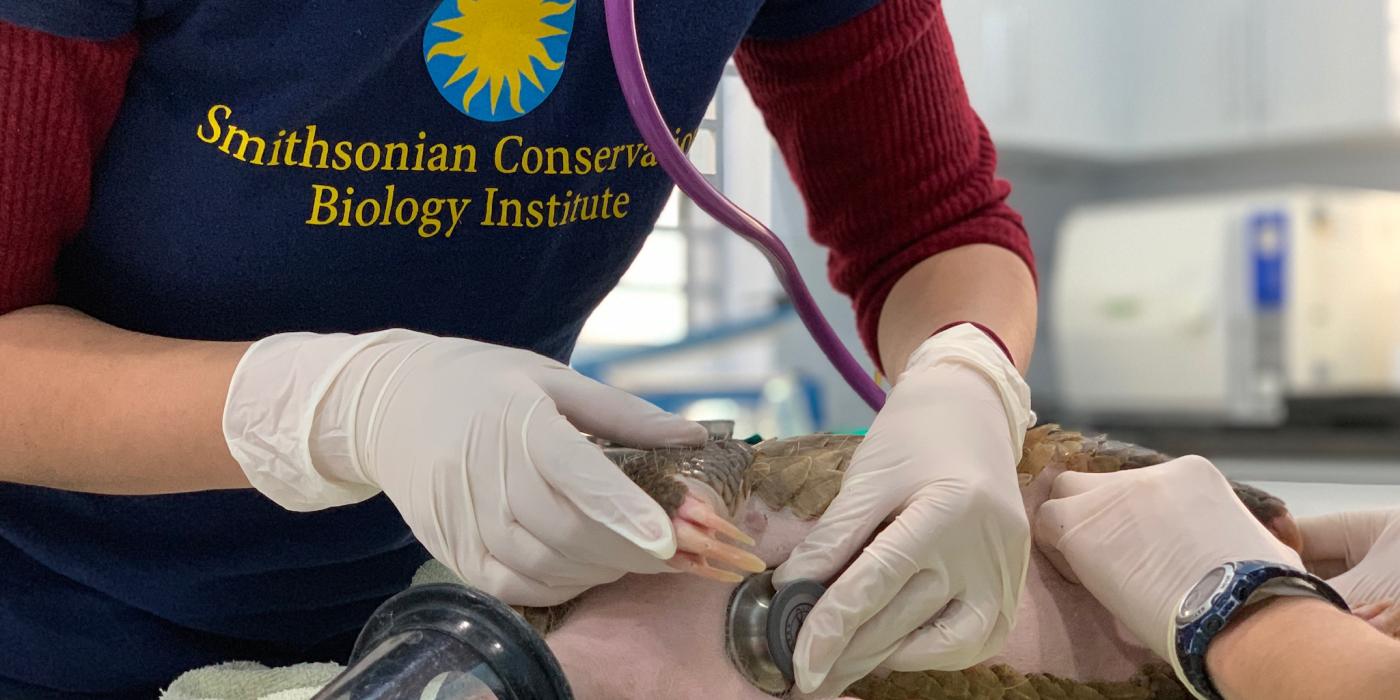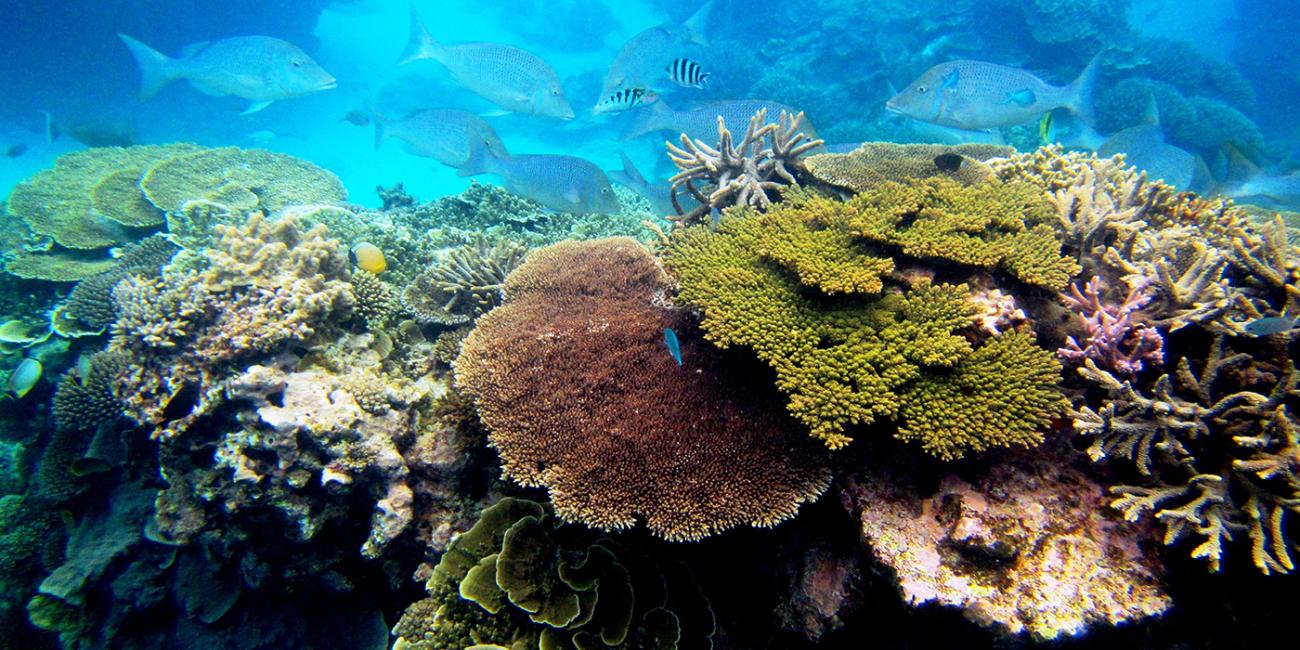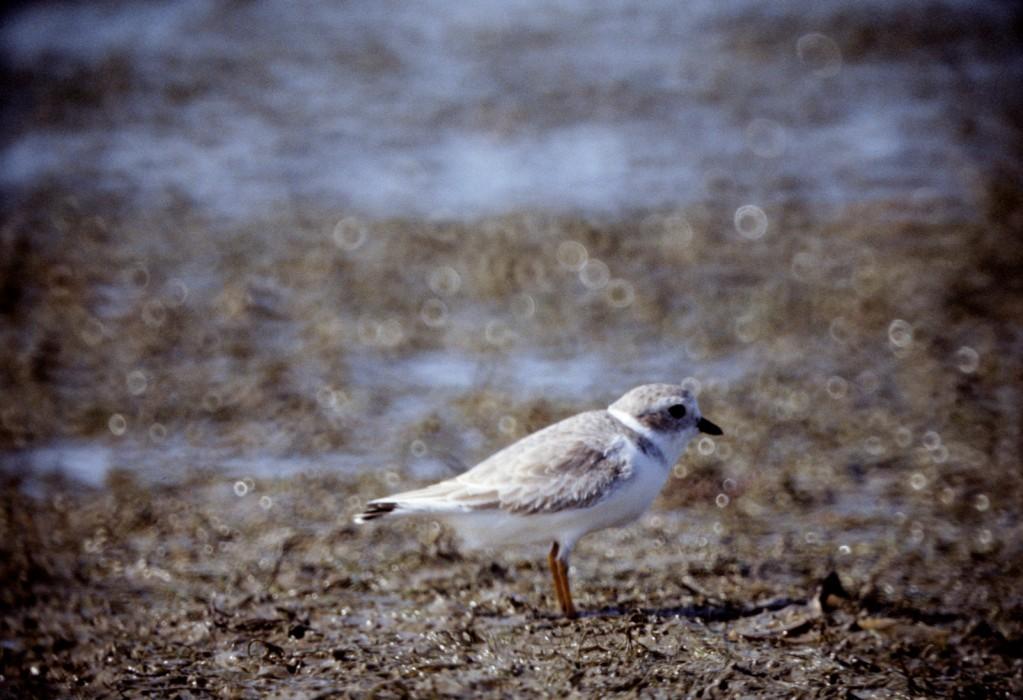Pangolins: Health and Conservation
Pangolins are the most trafficked mammals in the world. By researching infectious disease, studying the clinical health of pangolins and practicing conservation medicine, Smithsonian scientists hope to make an impact on the long-term survival of the species.
Pangolins are illegally captured from the wild and traded throughout the world but are primarily smuggled to China and Vietnam for use in traditional cultural practices and for human consumption. Wild populations in Southeast Asia have plummeted, prompting a compensatory increase in the poaching of African pangolin species to meet the demand.
All eight species of pangolin are protected by national and international laws, and the Sunda and Chinese pangolin are considered critically endangered. Despite these concerns, relatively little is known about pangolin health, biology, ecology and genetics as compared to other species. Due to their solitary, nocturnal natures and burrowing tendencies, pangolins can be elusive and difficult to study. They can also be challenging to manage in human care, due to unique dietary needs and susceptibility to stress.
Smithsonian researchers are collaborating with Save Vietnam’s Wildlife, a rescue, rehabilitation and research center for pangolins and small carnivores located in Cuc Phuong National Park. Both local hunting and international trade routes occur in Vietnam, and each year SVW receives hundreds of pangolins that have been confiscated from the illegal wildlife trade.
Wildlife veterinarians from the Global Health Program are providing assistance in the form of clinical medicine, research and veterinary capacity building, which includes skill training, equipment procurement and policy development.
SVW and GHP are embarking on a Sunda pangolin research project — one of the first of its kind to assess the health of this species through physical exams, biological sample (e.g., blood, urine, feces) analysis, and anesthesia. Researchers will collect data to establish normal values for health and vital parameters, which will help veterinarians provide the best possible care to pangolin patients and maximize rehabilitation success.











